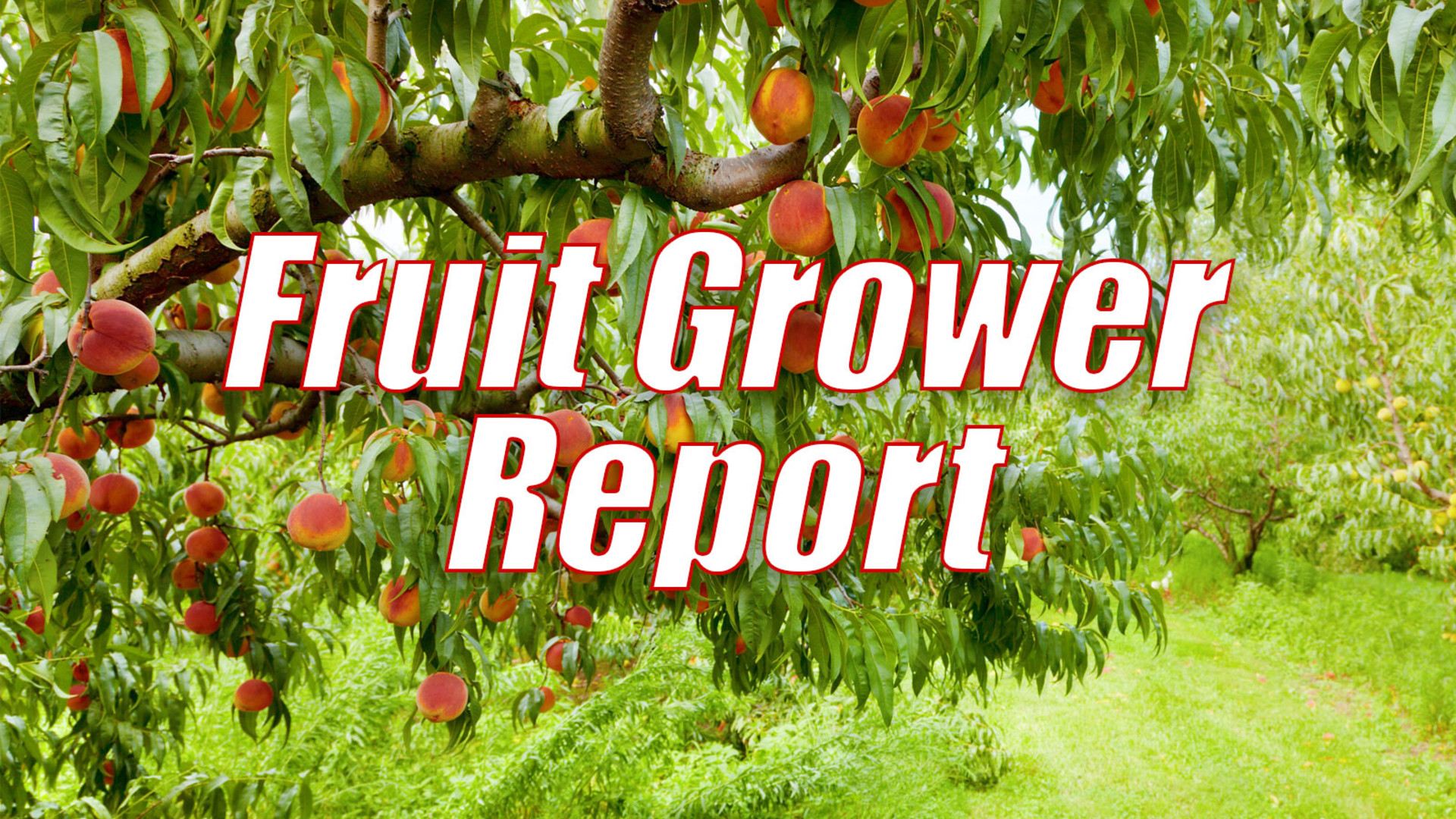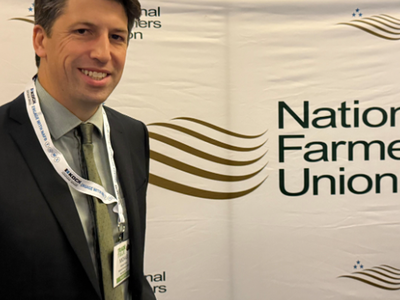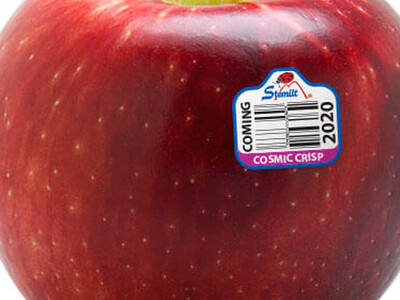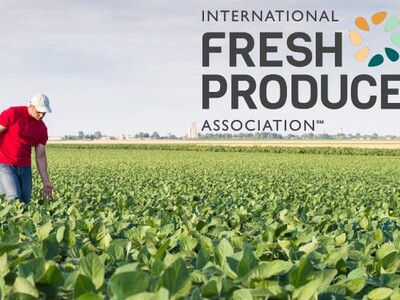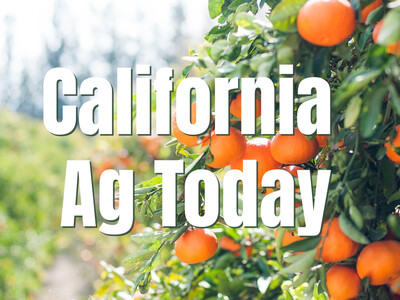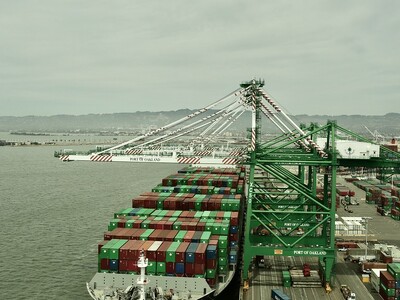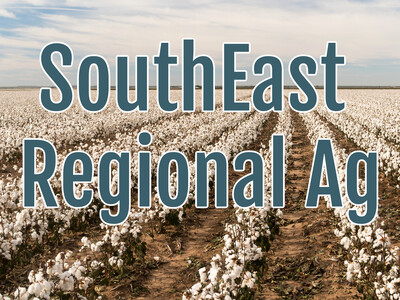Removal of Apple Tariffs Pt 2
With today's Fruit Grower Report, I'm Bob Larson. The Washington apple industry could be heard breathing a huge sigh of relief last week after learning U.S. apples shipped to Mexico will no longer be hammered with a 20 percent tariff ...ADAMS ... "Absolutely. A big sigh of relief and, you know, it's a reprieve. This has been a challenging year with multiple barriers to trade in several of our top export markets, to have some good news to share has been really positive for the industry."
That's Washington Apple Commission spokesperson, Toni Lynn Adams ...
ADAMS ... "And, also to have the opportunity entering into the next crop year with an open trade with our number one export market really sets us up for a successful season."
On top of that, Adams says, it should really help with the USMCA ...
ADAMS ... "The agreement between the U.S., Canada, and Mexico is kind of viewed as a step in the direction of the passage of the USMCA. The 232 steel and aluminum tariffs were kind of a sticking point for the passage by Congress and the removal of those."
Adams says that would be icing on the cake ...
ADAMS ... "So, there is hope potentially that USMCA will be ratified which provides some stability for trade in our two neighboring markets which happens to be our top two export markets."
Adams says the three countries also agreed that if the U.S. imposed future tariffs on steel and aluminum from Mexico and Canada, retaliatory tariffs would be limited to those two items. That, she says, should shield our tree fruit growers from getting drawn into these disputes with Canada and Mexico.
The two countries represent a $500 million market for U.S. growers combined.
####
BL: Welcome back to another "Fruit Bites" brought to you by Valent U.S.A. Joining us as always is Valent's Allison Walston. And this week Allison, we're talking about leafrollers? What are they?
AW: Leafrollers are a type of Lepidopteran insect (butterfly & moth), in which the caterpillars or larvae, use their silk (like what they use for cocoons) to roll the leaf around themselves while eating it. It helps protect the larvae while being surrounded by the food source.
BL: Sounds like they might be pretty hard to find and control ...
AW: Once you find the cigar shaped curled leaf, you can start to spot them easier. If you open the rolled leaf, the leafroller abandons ship and uses the silk to repel out of there. If you don't disturb too much, the larva will climb back up the silk and repair it's leafroll.
BL: So, Leafrollers can eat leaves but what about the fruit itself?
AW: Yes. In addition to eating leaves, they also feed on the fruit surface causing damage. They can deform fruit if feeding early in the season and leave huge bite marks or etched feeding trails on fruit surfaces.
BL: Thanks Allison. Join us again next time for Fruit Bites, brought to you by Valent. I'm Bob Larson.


